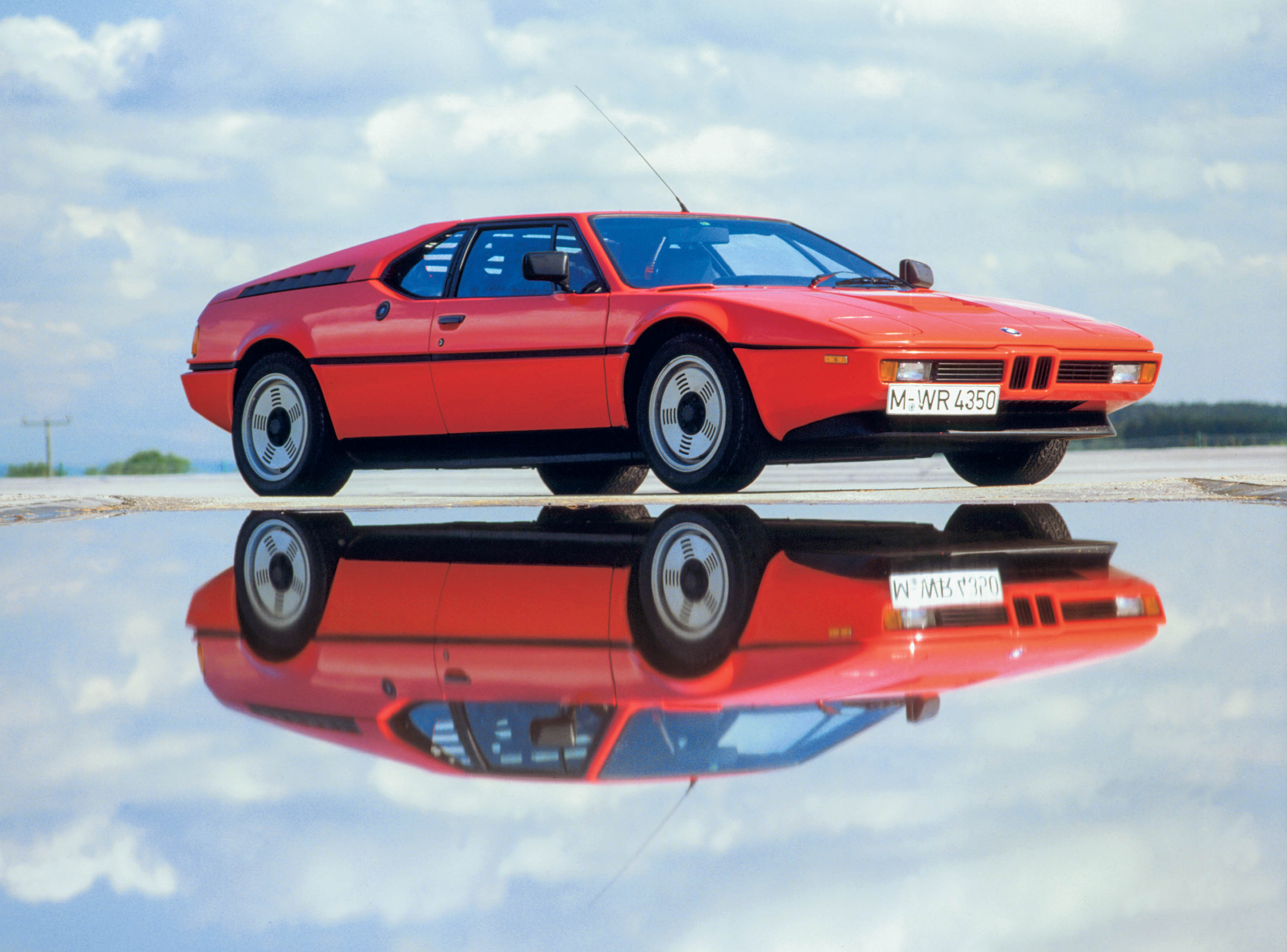The BMW M1, grandfather of all things M, turns 40
In 1981, the death knoll tolled for BMW’s most ambitious project to date. After 30 months of production, in which fewer than 450 road-going versions were built, the M1 was dead. For decades, there would be nothing else like it. No other mid-engine BMW would appear until the wizardry of the electrified i8.
The M1 was pragmatic, yet valuable; exotic, yet effortless to drive. Now, 40 years on from its debut in 1978, the M1 represents both what might have been, and the first tentative steps towards the future of BMW and M performance we know today.
Two years later, after a fantastic showing at Monaco Grand Prix, BMW’s F1 contributions delivered on the promise of the single-make M1 Procar series, with turbocharged four-cylinder engines provided to Brabham making staggering power in qualifying trim. Just how much power was up for debate—when asked to quantify the output by Swiss F1 driver Mark Surer, BMW race engineer Paul Rosche famously answered that the engine probably made more than 1300 horsepower, “but I don’t know how much more. That’s as high as our dyno goes.” The team from Bavaria rightly took its place among the best engineering outfits in the world.
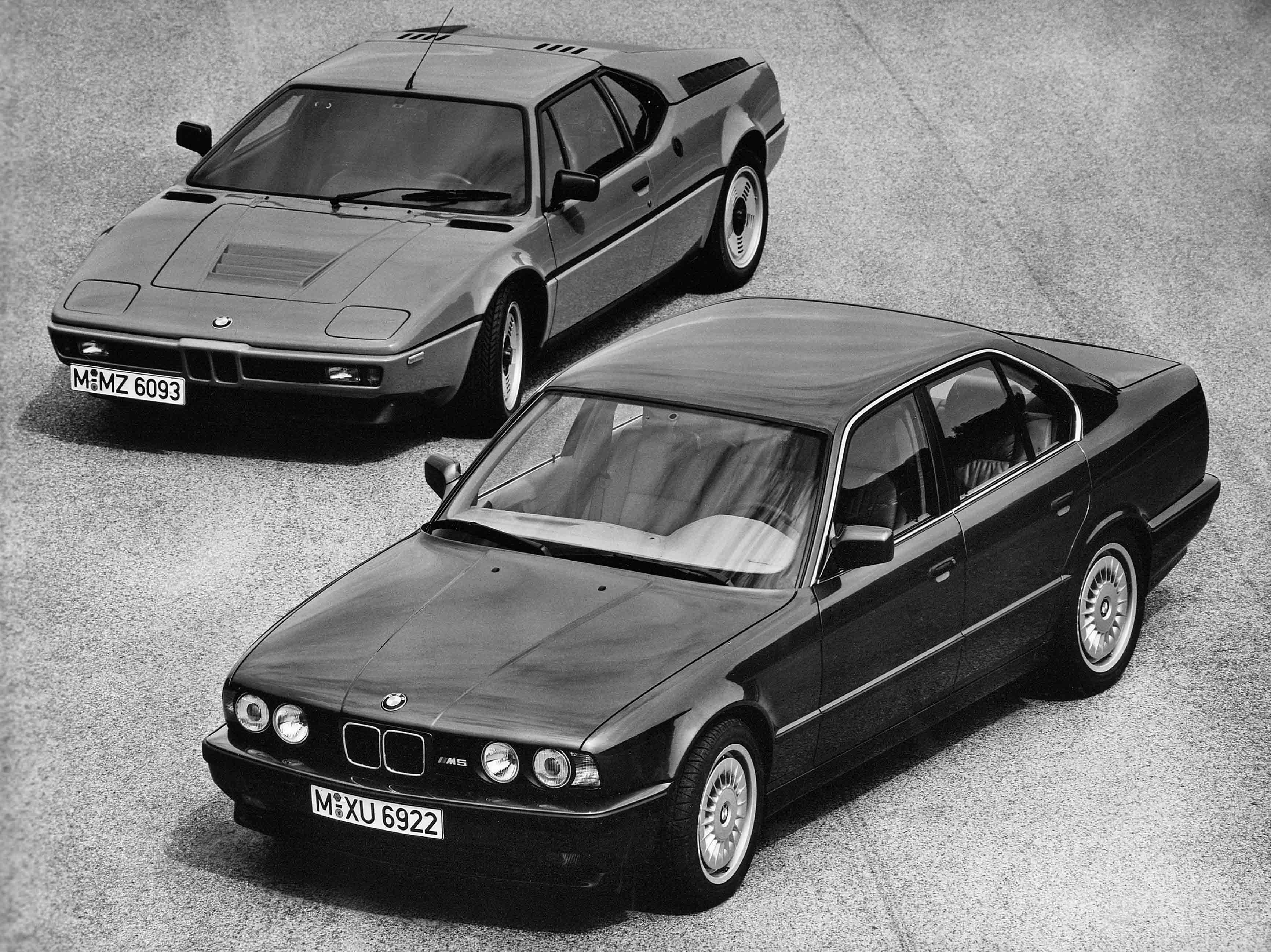
While the M1’s characteristic wedge design is pure Giugiaro, its roots can be traced further back. In 1972, Paul Bracq led BMW’s in-house styling division to create the Turbo, a forward-looking concept built on the bones of a 2002 sedan. Fitted with gullwing doors, spats, and a turbocharged 2.0-liter four-cylinder engine producing just under 280 hp, the Turbo was revealed at the Olympic games in Munich—one year before the borderline anti-social BMW 2002 Turbo went into production.
Unfortunately, 1973 also marked the first of the two fuel crises that would cut short the horsepower-fuelled optimism of the 1960s. BMW decided to cool its jets on launching a supercar.
In the following years, a host of wins in IMSA and European Touring Car racing had proved BMW could turn its big inline-six engines into world beaters. At the same time, the Bavarians were in the junior leagues when it came to endurance racing. Porsche Group 5 efforts like the 935 were turbocharged monsters, and BMW wanted a proper sports car that could challenge Stuttgart. Its motorsport division, M, was headed by Jochen Neerspach, a former racing driver who had won the 1968 24 Hours of Daytona in a Porsche 907. Under Neerspach’s direction, the M1 began to take shape.
Having limited resources to pursue an in-house R&D program on a production mid-engined car, BMW turned to Lamborghini for design and assembly. In order to satisfy homologation rules, some 400 road cars would have to be made, with the racing machines adapted from that basis.
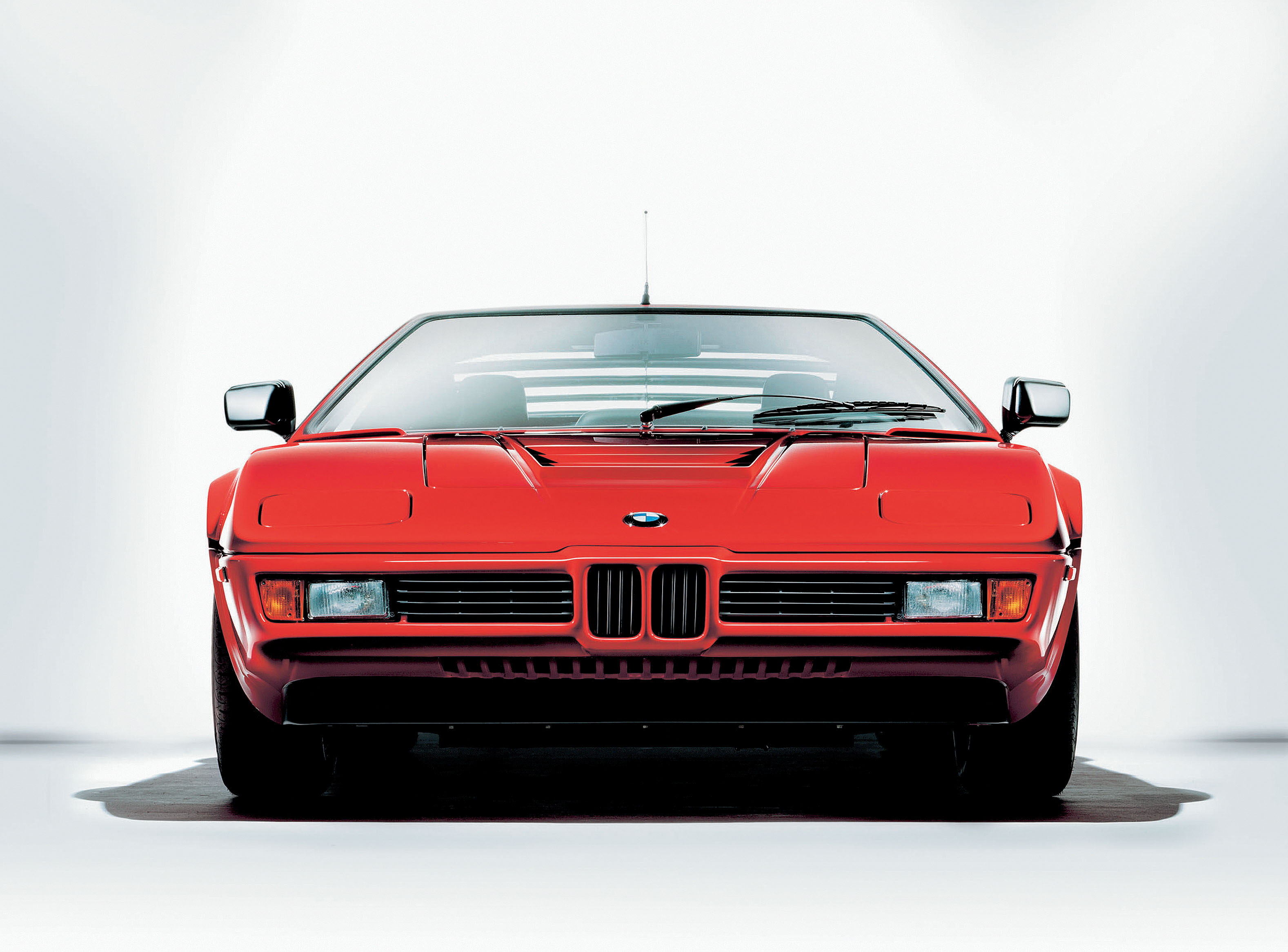

Gianpaolo Dallara worked up the chassis, and Giorgetto Giugiaro penned the styling; the former had helped created the Lamborghini Miura, the latter had sculpted the Lotus Esprit and the Maserati Merak. Soon, wedge-shaped prototypes were testing and being developed on Italian roads.
However, Lamborghini’s financial outlook in the late 1970s was sinking faster than a lead anchor tossed overboard, and the Italians had only managed seven prototypes by early 1978. Rather than be dragged under the waves, BMW hurried to re-frame the M1’s production. The tubular space frame would be produced by Marchesi of Modena, while the bodywork was moulded by Italian composite company TIR (Trasformazione Italiana Resina). Initial assembly took place at Giugiaro’s Ital Design, and then the partially-built cars were shipped to Baur, a Stuttgart-based coachbuilder mostly known for building BMW convertibles.
Following Baur installing the drivetrains and assembling the interior, the M1s were then sent to Munch for final inspection. Theoretically, this last piece of the puzzle should have just been an alignment and road test, but the number of hands involved in assembly meant that M division had plenty of extra work finishing each car.
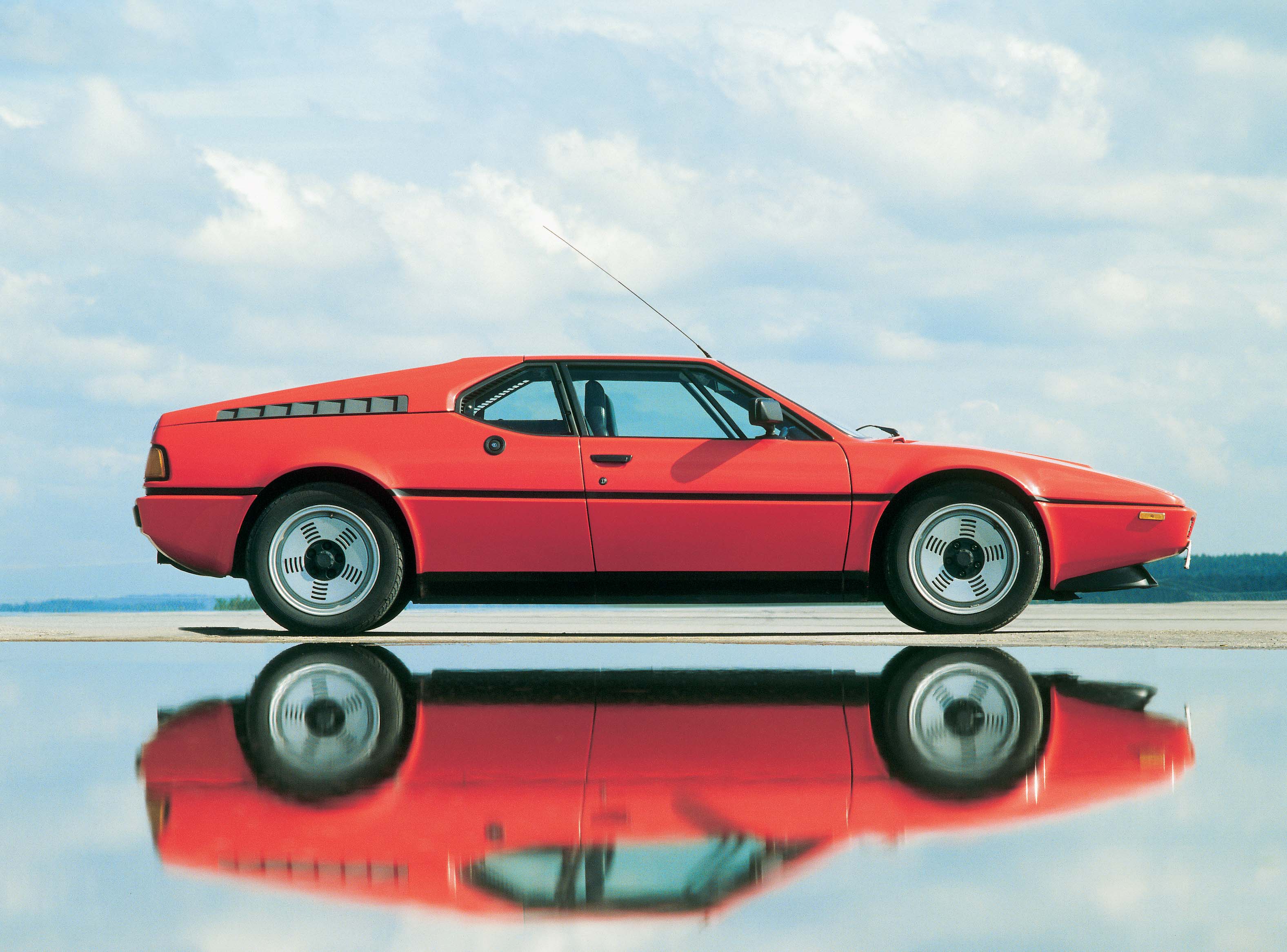
The production car was shown to the public in Paris in late 1978, with pricing set at 100,000DM. At the time, a Porsche 930 was about a third less expensive and, thanks to the updated 3.3-liter flat-six and intercooling, was slightly more powerful than the M1.
Further, the delay stemming from issues at Lamborghini had put BMW on its back foot—homologation requirements were changing and leaving the M1 with no racing series to compete in. Both as a road car and a racer, the timing was wrong.
Even so, the car itself was stunning to look at and offered excellent performance for its day. The M88 3.5-liter inline-six featured individual throttle bodies, twin cams, and four valves per cylinder. With Kugelfischer-Bosch fuel injection and Magneti-Marelli ignition, the road car made 273 hp and 239 lb-ft of twist.
The dogleg ZF five-speed manual gearbox combined with the six-cylinder for a pleasingly low-effort drive at low speeds, with decent forward visibility, and a comfortable ride. Double wishbones at each corner and Bilstein dampers did a good job of handling road imperfections, with the 16-inch Campagnalo wheels fitted with tall sidewalls: 205/55 Pirellis up front and 225/50 in the rear. (Remember when supercars didn’t come with rubber-band tires that rattle your fillings out?) Add in power windows and a air-conditioning, and the M1’s businesslike cockpit was relatively luxurious by period supercar standards.

Four-piston 11.8-in front disc brakes (11.7 in the rear) were more than up to the task of getting the M1 stopped in a hurry, and the net result was a chassis that could handle far more power than it was provided with in road-going trim. Far from a dull experience to drive, the M1 encouraged backroads shenanigans. 0–60 mph came in 5.5 seconds, with a top speed of 161 mph. The straight-six roared in the top of the rev-range while the unassisted steering provided a direct link to the driver’s lizard brain.
Without the intended Group 5 competition, Procar was intended as a stop-gap series for the M1. While short-lived, it gave the car a much-needed limelight. The M88 was re-tuned to approximately 470 hp, and, with its dry-sump oiling system, was more than up to handling the g-loads produced by sticky rubber under widened wheel arches. Approximately 54 M1s were built to competition standard.
Of these, a handful competed at the 24 Hours of Le Mans. None did better than the most famous M1 of them all, the “Art Car” personally painted by Andy Warhol. In 1979, the year Paul Newman co-drove a 935 to second overall and a class win, this M1 managed third place in class. Despite later turbocharged engines producing more than 800 hp, no other M1 did better.
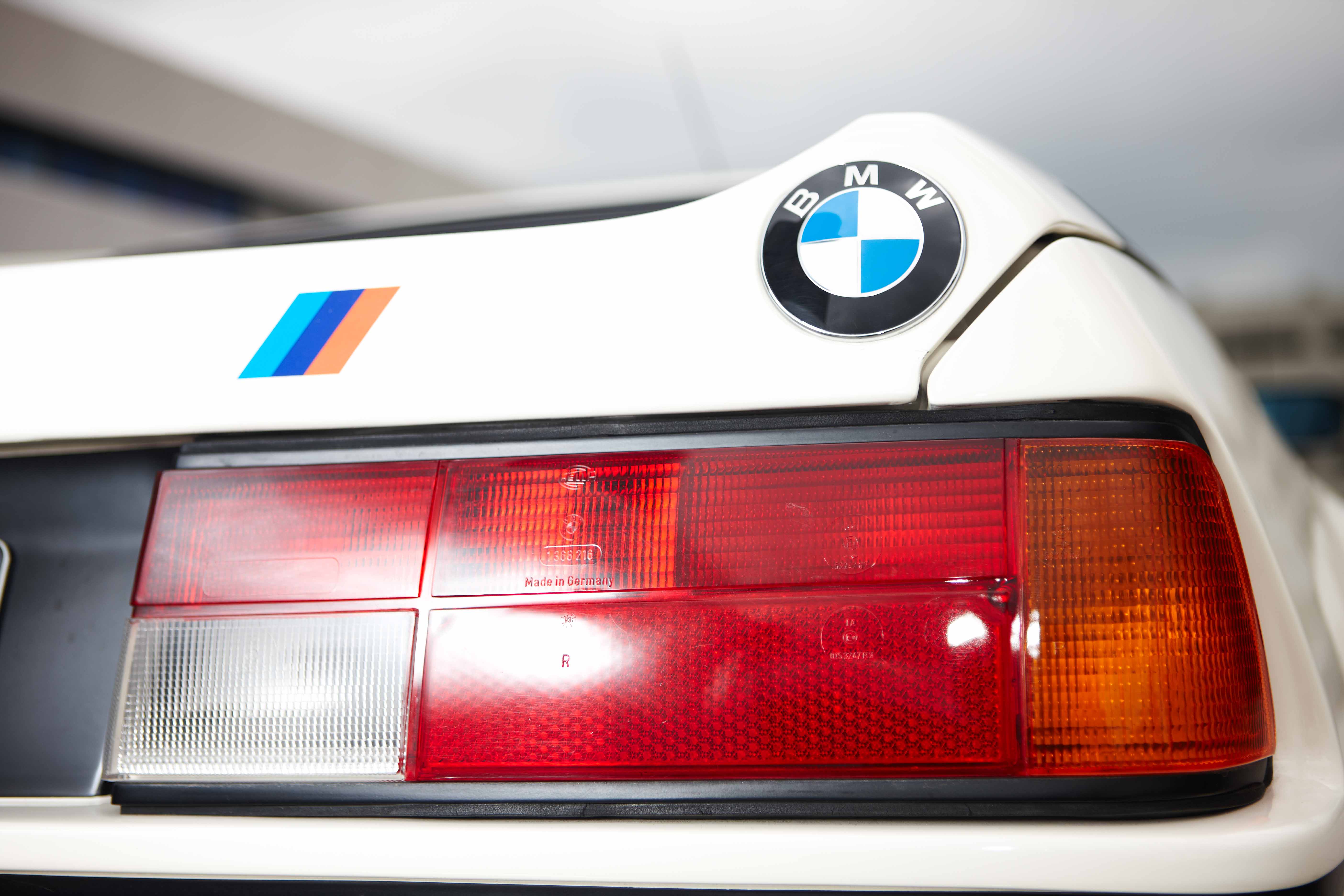
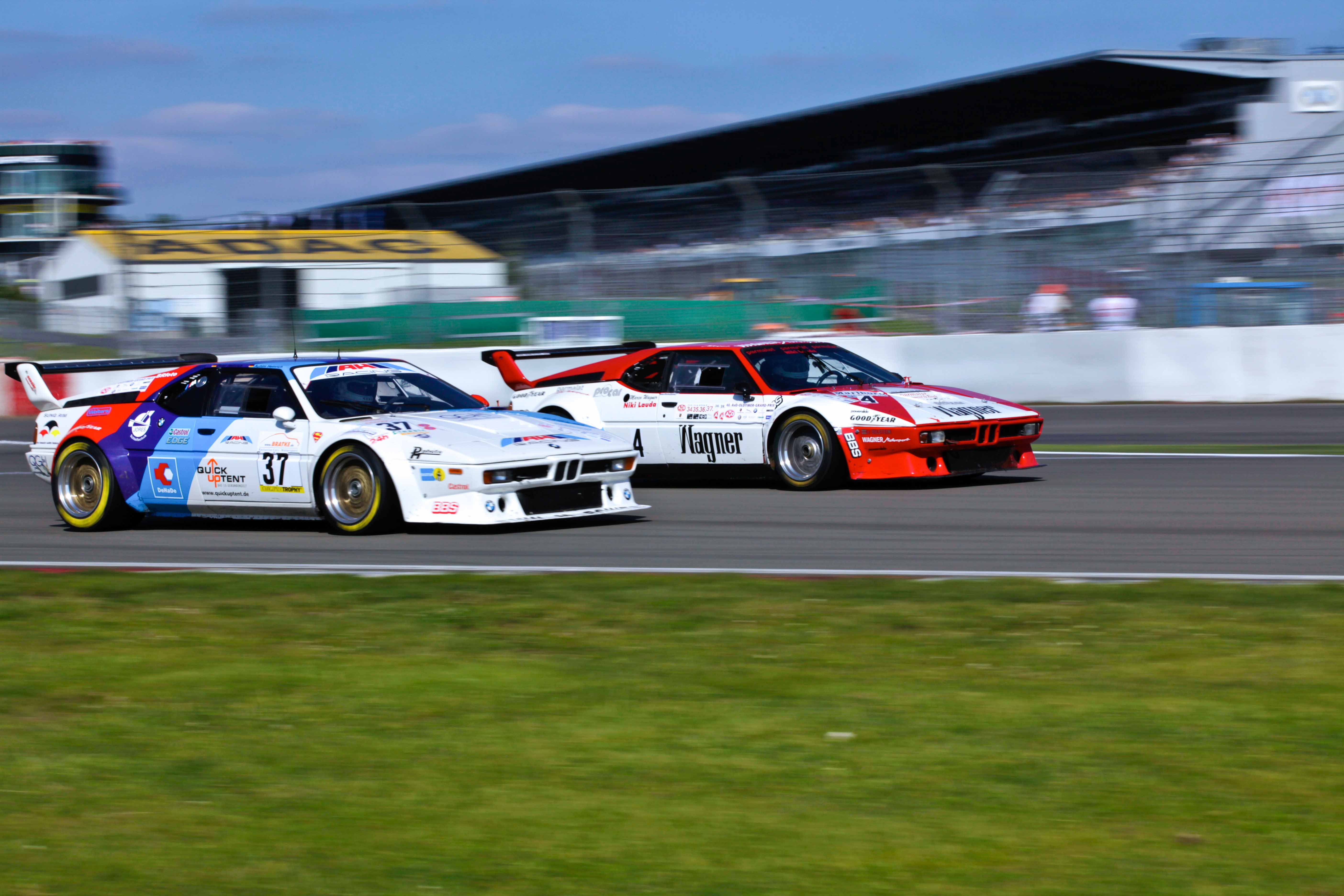
The M1’s story began with turbocharging, and it very nearly continued thanks to forced induction. When factory production wound down, BMW approached Alpina, a close ally and respected racing expert, to see if continuation was possible. Alpina had turbocharged straight-sixes that could have put the M1 road cars back ahead of the Porsches—Alpina’s B7 Turbo S made a torque-rich 330 hp in period—but considerable modification for supporting cooling would have been needed.
Instead, the M1 died in 1981, and BMW turned back towards building the sedans and coupes it was known for. Happily, it had filled out its organ donor card, and the mighty M88 engine soon found its way under the hood of a BMW 5 Series in 1985. The M5 was born, and one year later the M3 joined the party. Ever since, the M badge has adorned the highest-performing cars BMW can build (and, more recently, a disturbingly large number of crossovers).
Today, at 40, the BMW M1 is rightly recognized as one of the best machines to ever bear the blue-and-white roundel on its nose, and the grandfather of all things M. It was the sharp end of the spear—BMW’s best effort at a German supercar. Timing and delays meant it didn’t quite hit the bullseye, but it was a razor-edged stab in the right direction.
